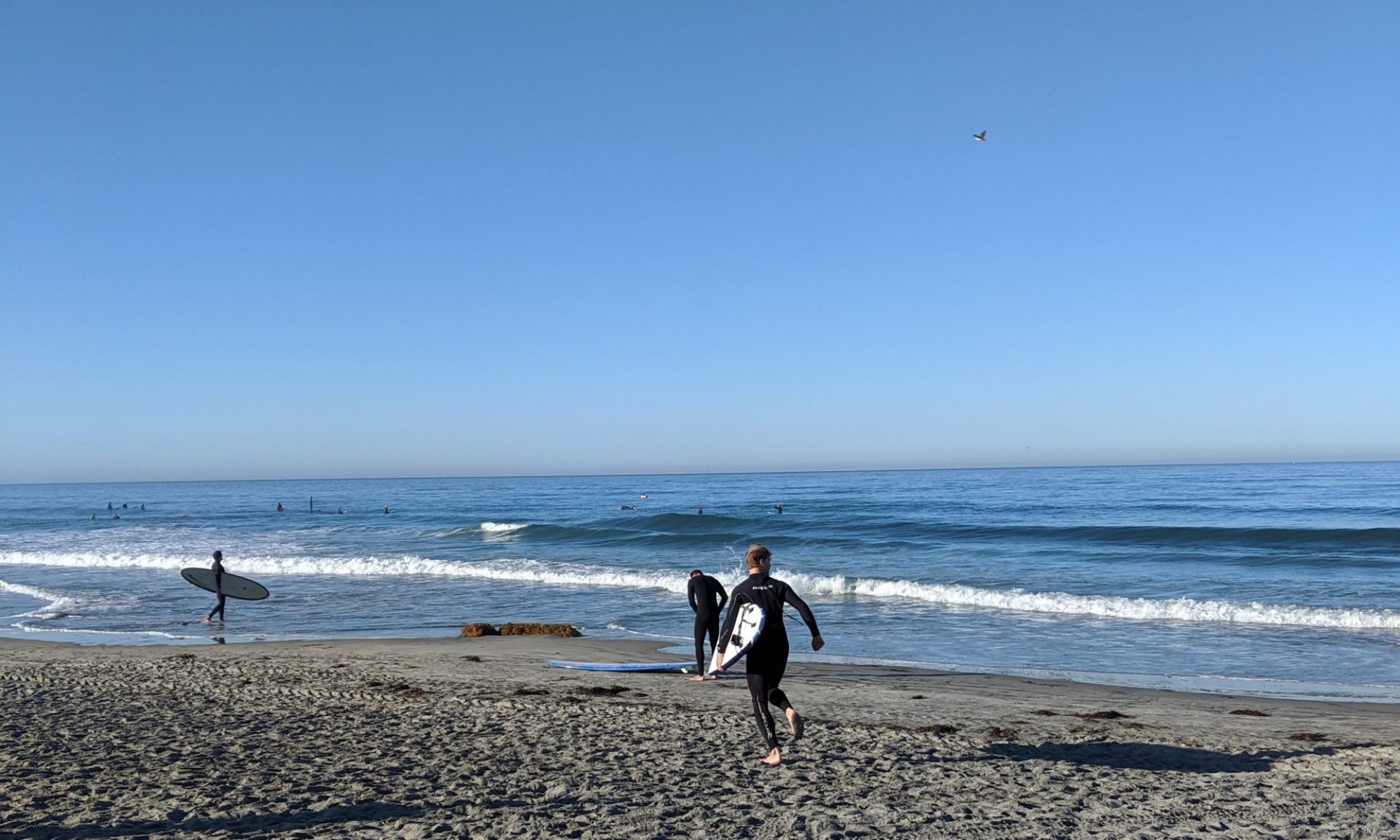The Journal of the Audio Engineering Society (JAES) just released a special issue on network audio. It features collaborative research work on low-latency audio processing by UC Berkeley’s Parallel Computing Laboratory entitled “A Multicore Operating System with QoS Guarantees for Network Audio Applications” :

While network-based mechanisms are important to enable deterministic transport of audio data from transmitter to receiver, there is an equally important role played by the operating systems that reside in audio devices of all sizes. The applications that receive and transmit audio are dependent on these operating systems to allocate processor and input/output resources. Authors Colmenares, Peters, Eads, Saxton, Jacquez, Kubiatowitz, and Wessel have presented Tessellation, an experimental operating system tailored to multicore processors, and have demonstrated how it enables network applications to meet their stringent time requirements.
The article can be found here. It will also appear in an upcoming textbook on parallel computing.



